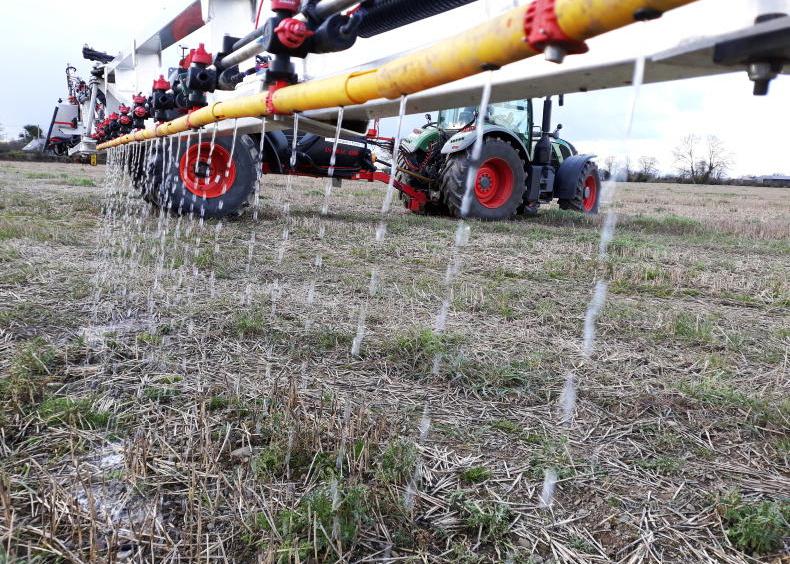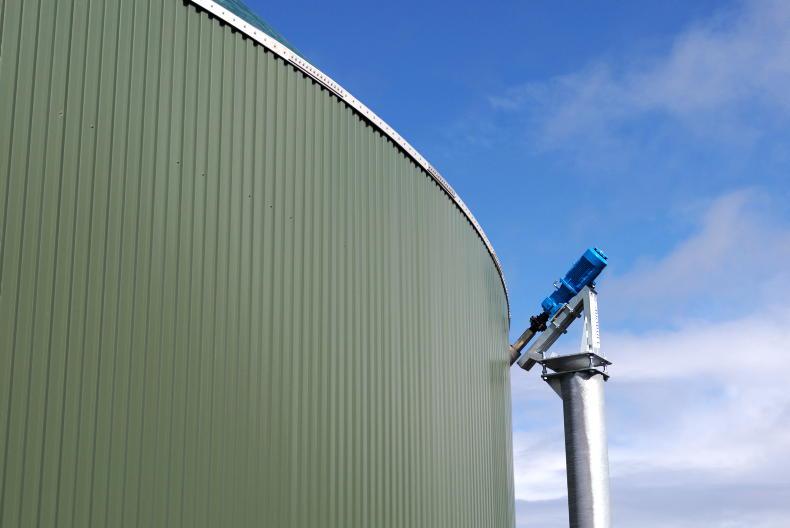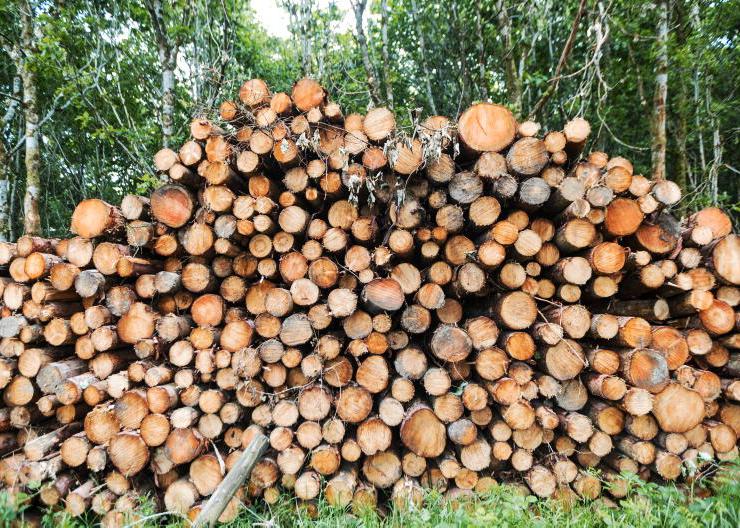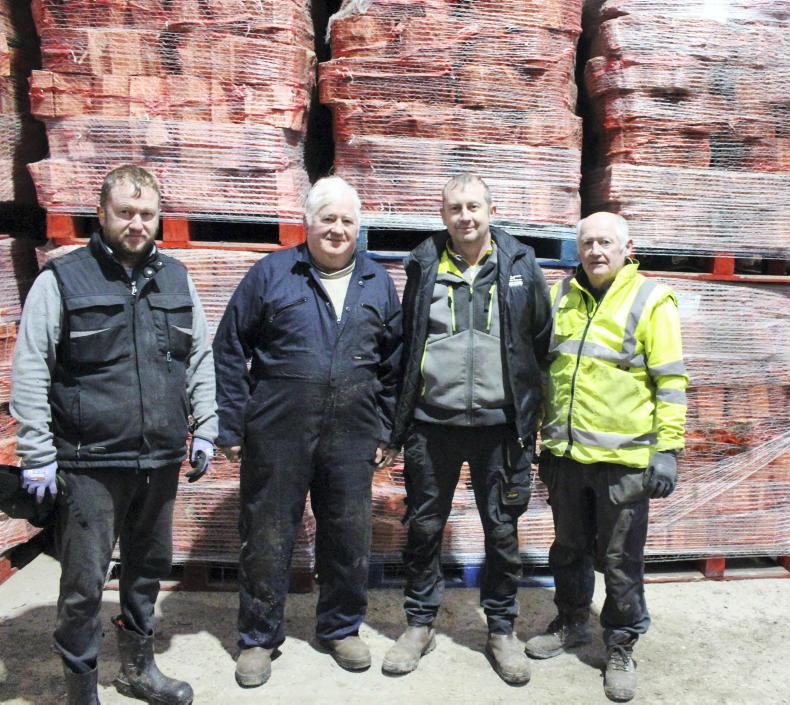Farmers can contribute most to reducing greenhouse gas emissions by switching to new fertilisers, improving cattle genetics and planting more forestry including for energy use, according to a Teagasc study.
This second analysis published this week focuses on proposed EU targets from 2021 to 2030. For the first time, countries will be allowed to account for carbon stored in trees and soils, and Teagasc researchers have found that this is where Ireland has the greatest potential. Planting more trees and managing soils more efficiently could remove nearly 3m tonnes of CO2 equivalent from the atmosphere each year.
Farmers could also cut emissions by using protected urea instead of CAN. Improving the EBI of the dairy herd as well as beef genetics and animal health would allow fewer animals to produce as much milk and meat. This would cut emissions as well as costs.
These measures would financially benefit farmers, while many others would cost less than the estimated €50/t needed to buy carbon credits in the future. According to Teagasc, the net cost of developing Ireland’s full agricultural and land use mitigation potential would be a modest €20m/year. While this will encourage change, increased profitability “may lead to increased overall production, offsetting some of the improvement in emissions intensity”, the researchers warned.
They also insisted on the importance of knowledge transfer to ensure uptake by farmers.
The study does not include the potential of experimental technologies such as feed additives.
It also exposes limitations to Ireland’s potential under proposed EU legislation. Of the up to 3m tonnes of CO2 we could store annually, only 2.68m tonnes would count towards Ireland’s targets. Producing renewable energy on farms could cut another 1.37m tonnes of CO2/year in the coming decade by replacing fossil fuels, but this would be attributed to the energy sector.
And reducing cattle numbers here would only result in leakage of emissions to countries such as Brazil, where beef is 50% more carbon intensive than in Ireland.
Teagasc concludes that “achieving both 2020 and 2030 interim climate targets as well as delivering carbon neutrality will be extremely challenging for the agriculture, forestry and land-use sectors”.
Read more
Farmers to be given their say on climate action
Farming faces more stringent emissions targets
Naughten pushing for carbon tax
Full coverage: agriculture and climate change
Farmers can contribute most to reducing greenhouse gas emissions by switching to new fertilisers, improving cattle genetics and planting more forestry including for energy use, according to a Teagasc study.
This second analysis published this week focuses on proposed EU targets from 2021 to 2030. For the first time, countries will be allowed to account for carbon stored in trees and soils, and Teagasc researchers have found that this is where Ireland has the greatest potential. Planting more trees and managing soils more efficiently could remove nearly 3m tonnes of CO2 equivalent from the atmosphere each year.
Farmers could also cut emissions by using protected urea instead of CAN. Improving the EBI of the dairy herd as well as beef genetics and animal health would allow fewer animals to produce as much milk and meat. This would cut emissions as well as costs.
These measures would financially benefit farmers, while many others would cost less than the estimated €50/t needed to buy carbon credits in the future. According to Teagasc, the net cost of developing Ireland’s full agricultural and land use mitigation potential would be a modest €20m/year. While this will encourage change, increased profitability “may lead to increased overall production, offsetting some of the improvement in emissions intensity”, the researchers warned.
They also insisted on the importance of knowledge transfer to ensure uptake by farmers.
The study does not include the potential of experimental technologies such as feed additives.
It also exposes limitations to Ireland’s potential under proposed EU legislation. Of the up to 3m tonnes of CO2 we could store annually, only 2.68m tonnes would count towards Ireland’s targets. Producing renewable energy on farms could cut another 1.37m tonnes of CO2/year in the coming decade by replacing fossil fuels, but this would be attributed to the energy sector.
And reducing cattle numbers here would only result in leakage of emissions to countries such as Brazil, where beef is 50% more carbon intensive than in Ireland.
Teagasc concludes that “achieving both 2020 and 2030 interim climate targets as well as delivering carbon neutrality will be extremely challenging for the agriculture, forestry and land-use sectors”.
Read more
Farmers to be given their say on climate action
Farming faces more stringent emissions targets
Naughten pushing for carbon tax
Full coverage: agriculture and climate change









SHARING OPTIONS